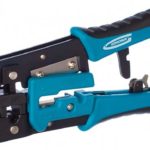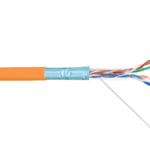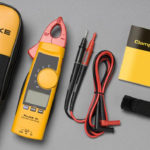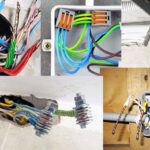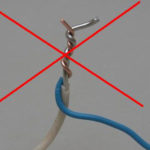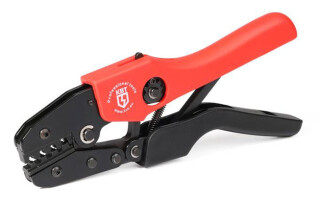Crimping pliers for automotive and similar terminals are indispensable when working with a car to make electrical connections using connectors or such terminals. In the material, we will consider the features of the use of crimping pliers, their varieties and scope.
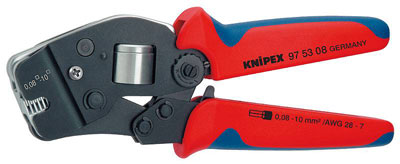
In the process of working with various cables, it becomes necessary to connect them to electronic and household appliances. For this purpose, crimping pliers for crimping various configurations and sizes are used for crimping wire lugs.
Since, in the course of the development of technology, new types of connecting wires for various purposes, with varying degrees of power and conductivity, were developed, the design of the cable connection was also subject to change. To prepare the contacts of the leading wires, their lugs must be suitably crimped with tongs.
Content
Application of crimping pliers
Crimping pliers are widely used by radio amateurs, auto mechanics and electricians in the process. The use of pliers is indispensable for crimping the contacts of standard cables and specific connectors of a non-standard connector (for example, a network cable for a PC). Today, standard size contact crimping pliers are the best choice for this task.
The design of the crimpers makes it possible to easily and quickly perform crimping, and the principle of operation ensures reliable and tight crimping. This ensures a strong connection between the conductors and the connecting element. The price of wire end pliers is determined by the manufacturer, type of construction, quality and material used.
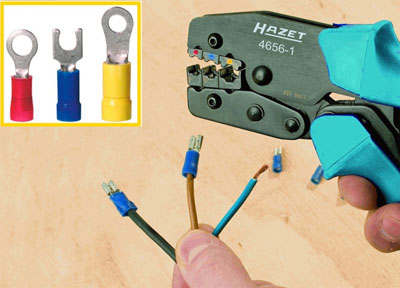
Crimping pliers are designed for crimping insulated wires:
- NCI tips of ring type;
- tips NVI fork type;
- pin round tips NShKI;
- flat and plug connectors RPI-P, RPI-M, RSHI-P, RSHI-M;
- piercing couplers OV
- connecting sleeves GSI.
Sleeve crimping pliers are widely used for flexible wire strands in the process of connecting circuit breakers, sockets, chandeliers and lamps.
Compression of connecting sleeves in the industry is carried out using hydraulic crimping tongs, which are designed for cable cores with a cross section of 16 to 240 sq. mm.
Further in the material we will tell you how to use manual and hydraulic crimping pliers, we will give the principles of their operation and application features. The pliers should be selected based on the cross section of the cable core.
The main types and varieties of ticks
Today, many manufacturers produce crimping pliers based on various standards. Buyers are offered pliers with a narrow scope (pressing a specific type of cable) or a wide purpose (universal production pliers). Therefore, before buying, you need to decide on the type of tool you need.
When used in everyday life, the tool can have a multi-profile purpose for crimping stranded wires of sockets, switches, chandeliers.
Thanks to pressing tongs, a strong and safe connection of an electrical and mechanical nature is created. Crimping pliers are considered to be a type of crimping equipment, they are often required for fixing contacts in low current systems. Tools are divided into several varieties.
To strip wire insulation
With this tool, you can remove a section of insulation without damaging the core. Allowed manual and automatic setting of the required diameter, which is required to be removed from the core. In the case of manual diameter setting, there is a risk of damage to the wire, and automatic allows you to clearly remove the entire insulation layer. In most cases, this type is used for distribution and branch boxes. And you should pay attention to the sharpness of the cutting edge so that it does not chew the wire.
For press sleeves
Crimping pliers for end sleeves differ in their sockets and their shape.The sockets may or may not be equipped with plastic flanges. The plastic ferrules provide maximum crimping efficiency, and the square configuration ensures that all strands are firmly in contact. This type of device makes it easy to cope with mounting or centering for any type of cable cross-section. For extremely tight fixation of the contacts, the pliers are selected according to the diameter in accordance with the color marks.
For insulated wire lugs
Crimping pliers for insulated ferrules are characterized by an oval configuration. According to the standard, the matrix provides three standard molds for the press, which differ in colors - red, blue and yellow. Accordingly, tips, sleeves and other connectors with similar colors are provided for them. When working with the tool, it is necessary to monitor the correct location of the joint edge, it should be in the middle of the upper edge of the pliers. This design is provided in such a way that when it is located on the side, the edge violates the tightness of the cable or wire.
For crimping non-insulated cable lugs
These press tongs for crimping are used on bare wire, and on brass wires. For the press, a special rod is provided in the tool, which must be placed on the separation seam. Crimping tools for open brass cable can be provided for separate clamps - one for the core and the other for the winding. To strengthen the press, it is recommended to use a locator that will provide a clear positioning.
Twisted pair crimping pliers
Twisted pair crimping pliers are provided for 8 or 4 cores, used to insert wires into the connector. For example, twisted pair is used when connecting a cable for a high-speed Internet connection.
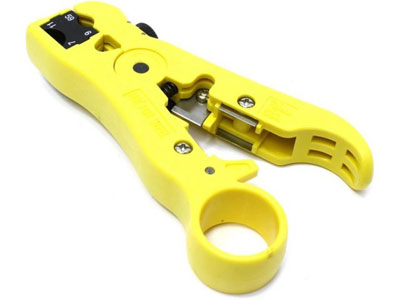
Crimping with hydraulic tool
Crimping pliers with a hydraulic mechanism are designed for crimping cables with a large diameter of more than 120 square meters. mm for industrial purposes. Hydraulic crimping tongs are similar to wire cutters or pliers, where lever-like handles actuate the crimping jaws to shape the plastic connector. The result is a tight, secure connection.
Due to the presence of a hydraulic mechanism, the force to actuate the tool is significantly reduced. It becomes possible to clamp the connector in several approaches, gradually increasing the force. Most professional tools are equipped with a hydraulic mechanism.
How to work with crimping pliers
Crimping pliers for ferrules and sleeves suggest that the principle of their use for pressing contacts in a cable can be easily understood from the workflow in practice. To complete the task, you will need a specific wire, clamps and a connecting component that needs to be placed at the end of the contacts. Here are step-by-step instructions and rules for using press tongs to perform crimping:
- remove the outer winding from the cable using pliers, on which there is a semicircular cavity on top, and a cutting edge on top;
- put the cable in the recess and press the upper edge with the cutting side;
- after several rotations around the wire, the insulation is cut along the entire circumference and can be easily removed;
- for a correct connection with a reliable contact, a stripping of 4 cm is allowed;
- align and arrange all the cores in the required sequence in accordance with the type of connector and the indicated color markings;
- when all the wires are straightened, clamp them and cut them, leaving 1.5 cm of contacts for further connection;
- put the pins in the connector, keeping their location. The twisting of stranded wires is carried out strictly on the basis of the indicated colors according to the scheme. Insert the wires so that the lower notch of the connector touches the cable winding. This measure is necessary to minimize the risk of damage to the wire during the crimping process;
- place the device in the pliers, after checking the correctness of the colors. After checking, perform pressing;
- at the last stage, check the security and reliability of fixation, as well as the integrity of the connector.
Press pliers are an indispensable tool for crimping twisted pair, crimping insulated lugs and cables without insulation. The tools are available in various sizes, with manual or hydraulic crimping for industrial applications and large wire diameters.
Similar articles:
